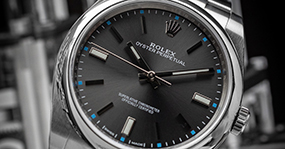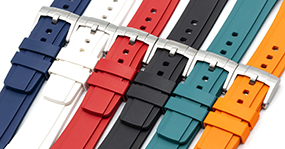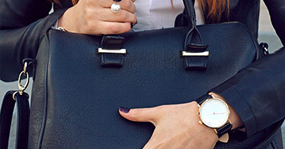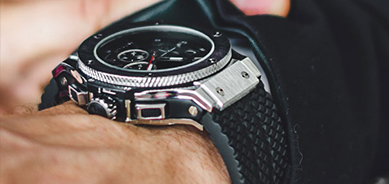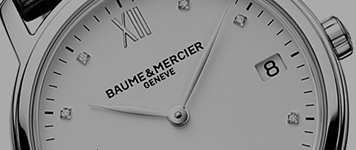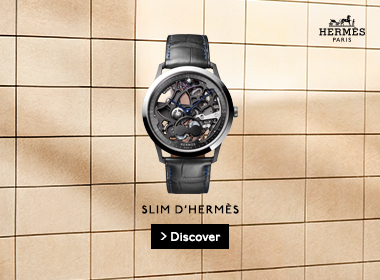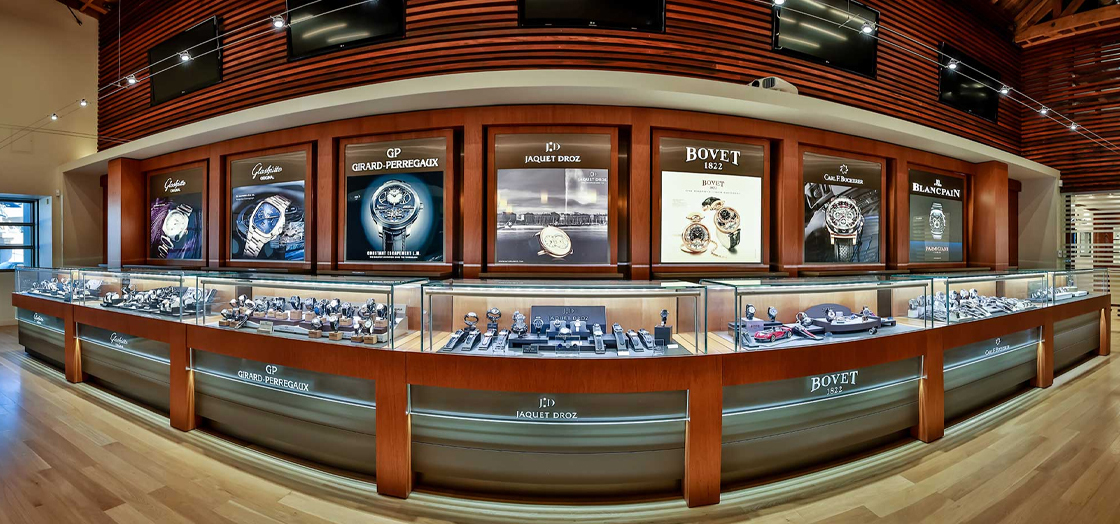
Everything You Need to Know About Watch Case Sizes
“Does this watch fit my wrist?” It’s one of the most common questions we hear in the store. What seems like a simple thing is actually quite complicated! With at least four key measurements that determine the way a watch looks on the wrist, knowing how watches are measured is crucial, especially when shopping online. With watches available in an endless variety of shapes and sizes, figuring out which is best for you can be challenging. A good place to start is understanding how watches are measured so grab your calipers and let’s get to it!
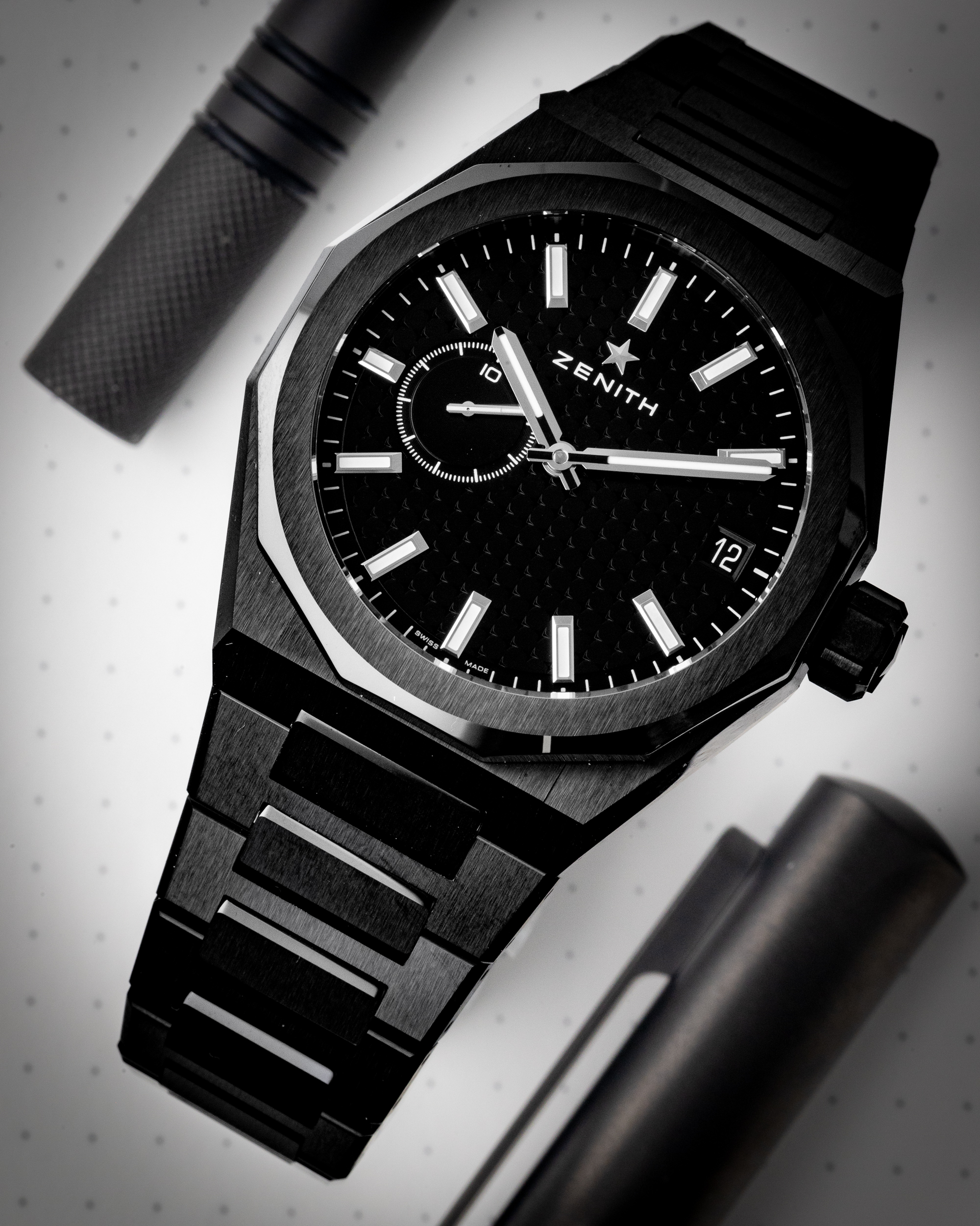
Diameter
The most common measurement you’ll encounter is a watch’s diameter. This is the distance across the watch when viewed from above. While this one is fairly self explanatory, even here there’s a question—should the crown be included when measuring the watch diameter? It’s generally considered better to exclude the crown in the measurement, as it will more accurately represent the true size of the watch. The majority of men’s watches measure between 37mm and 44mm while ladies watches are typically 38mm and under.

Lug-to-Lug and Lug Distance
A watch lug (sometimes called a horn) is where a watch strap or bracelet attaches to the watch case, usually (but not always) with a removable “spring bar” that runs between the lugs. There are two different measurements that are important when it comes to lugs—Lug-to-lug, sometimes referred to online as “L2L”, and lug distance. Lug-to-lug is the distance from the end of one set of lugs to the end of the other set and is the longest measurement of most watches. This is an important one as it relates to your “wrist surface”. Take some calipers and measure your wrist to determine how much real estate you’ve got for a watch. Let’s say your wrist measures 50mm. A watch with a L2L of 52mm might be a little too big for you, as the lugs will overhang your wrist!
Lug distance, or width, is the interior distance between the lugs, and tells you the width of the strap or bracelet. Watch aficionados often prefer lug distances of 18mm, 20mm, or 22mm, as those sizes maximize available strap/bracelet options. Additionally, proportional lugs make a big difference in making a watch’s design look “balanced”.
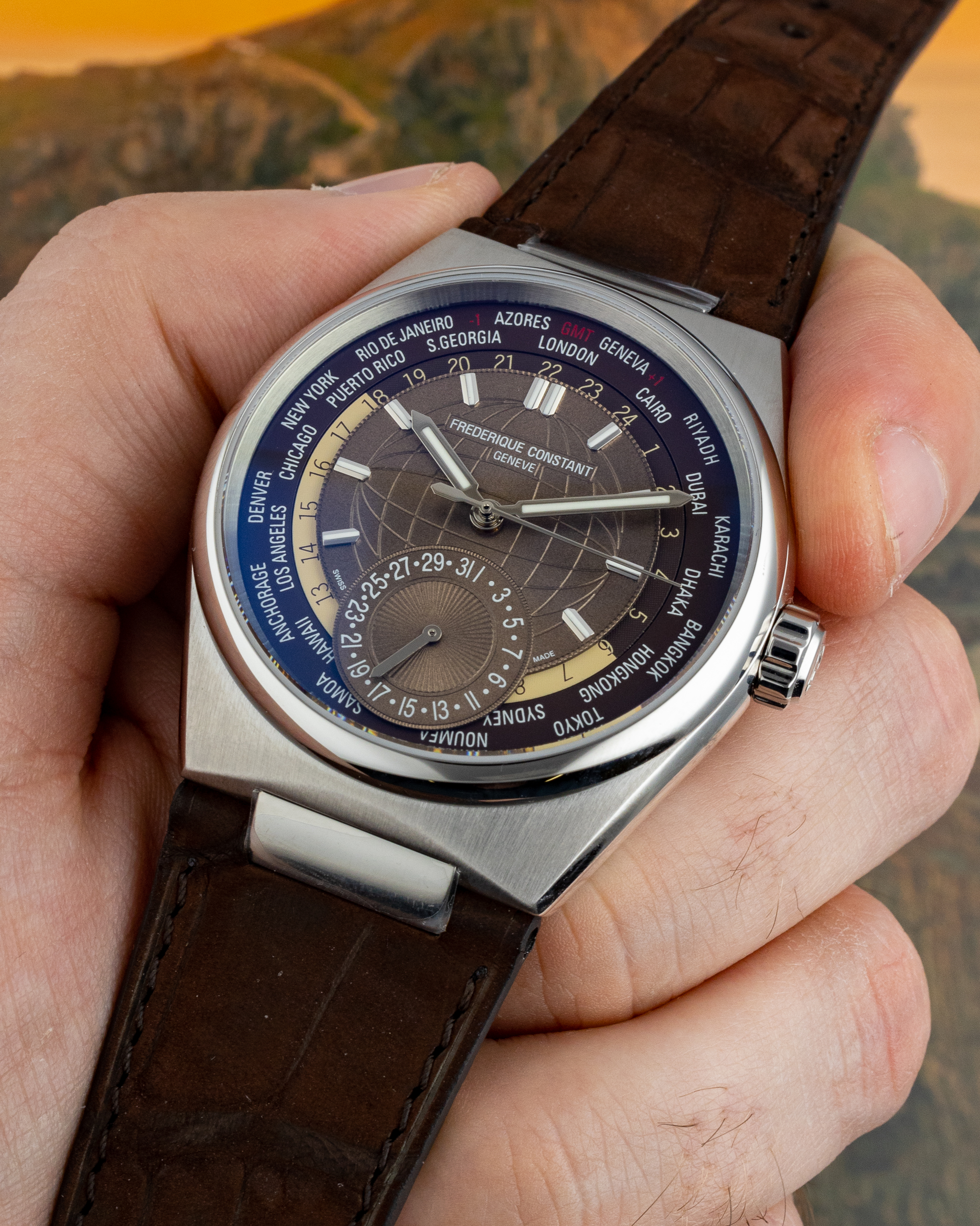
Thickness
The height of a watch can make a big difference too! Thinner watches tend to measure in under 10mm while anything over 15mm is generally considered pretty thick. A big, chunky watch will be a lot more noticeable on a svelte wrist, while a slim timepiece might disappear on a brawny one. What detemines a watch’s thickness? Generally, it is the movement, the crystal, and the watch’s rated water-resistance. When it comes to movements, quartz watches tend to be slimmer while mechanicals are thicker. Automatic watches are generally thicker than manual-wind ones and chronographs are the thickest of all, thanks to the complexity of the movement inside. Not only does the height of the movement inform the overall thickness of the watch, the crystal can also add millimeters! A big, curved crystal is very eye-catching in part because it adds height to a watch. Similarly, a timepiece with a thin, flat crystal will always be thinner. Finally, watches that are highly water-resistant rely on beefy cases and robust engineering to ensure water doesn’t penetrate so these will usually be thicker while dress watches have historically been slim.
Wrist Size
When it comes to measurements, another important one has nothing to do with the size of the watch, and that’s your wrist size. Here again, there are two different measurements that matter when it comes to wrist size. First is your wrist’s circumference, which you can find with a tailor’s tape measure, or even a piece of string (wrap it around your wrist, mark where the string overlaps, then lay it flat on a ruler). Second is the width of the top of your wrist, which can be measured with calipers (see above!)

How to Determine What Watch Size is Best for You
Feldmar’s Sizing Guide is be a great place to start. However, the size that works best for you depends on several considerations, and it only starts with the size of your wrist. You don’t want the lugs of a watch to “overhang” your wrist, but keep in mind that some watches have curved lugs that slope down to conform to the shape of your wrist. After that, other considerations in making your decision come down to common sense and personal preference:
- A watch may technically be “too large” or “too small” for your wrist, but if you like the way it looks, that’s what’s important.
- Dial size matters—a watch with thin bezels and a big dial will visually appear bigger on your wrist than the actual size would suggest.
- Non-circular watch cases—square, rectangular, tonneau—look and sit differently on the wrist, so the best way to find out if a particular watch is right for you is to try it on.
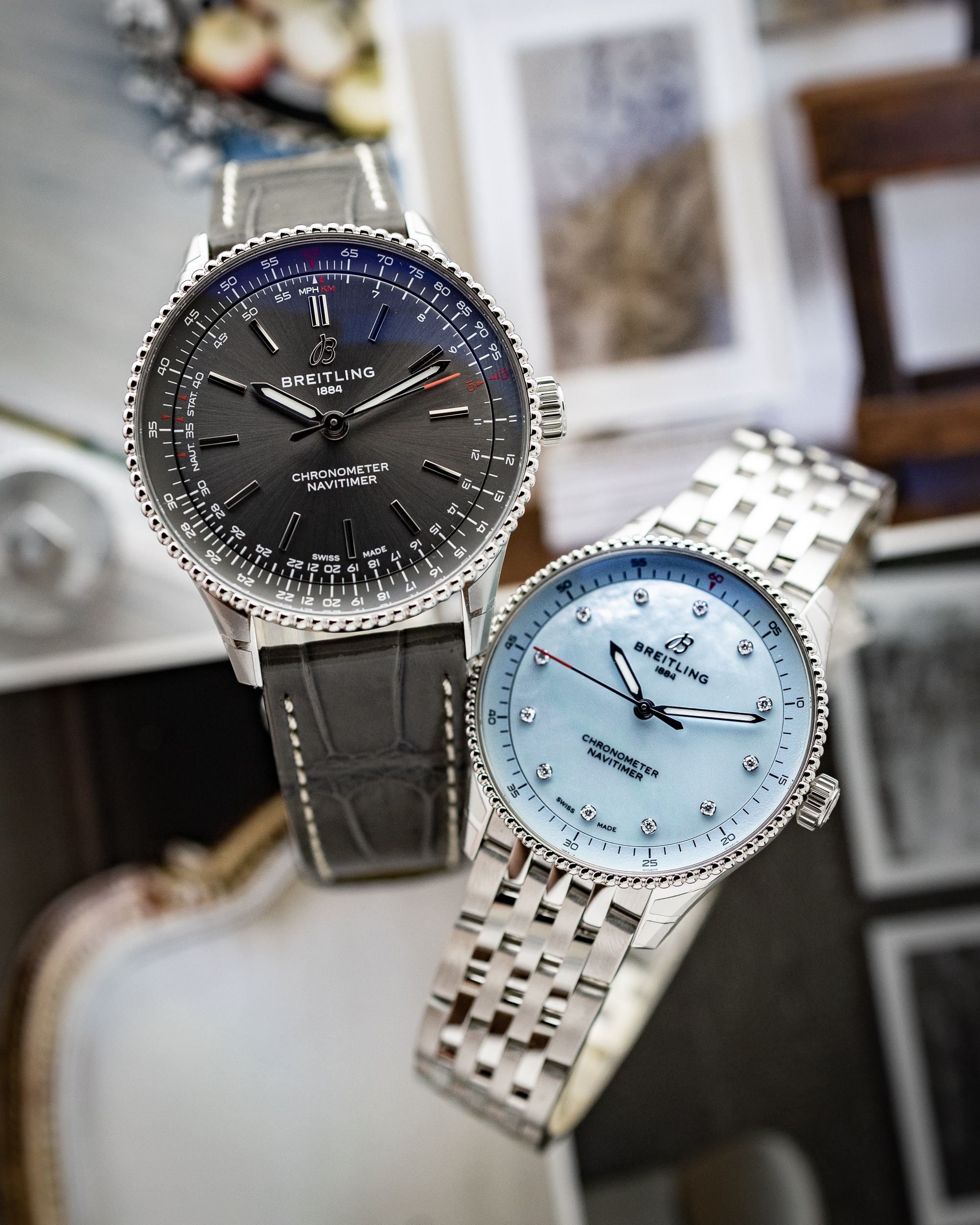
Find your perfect luxury watch at Feldmar. Browse our online store and use our Case Size filters to find your perfect watch!



